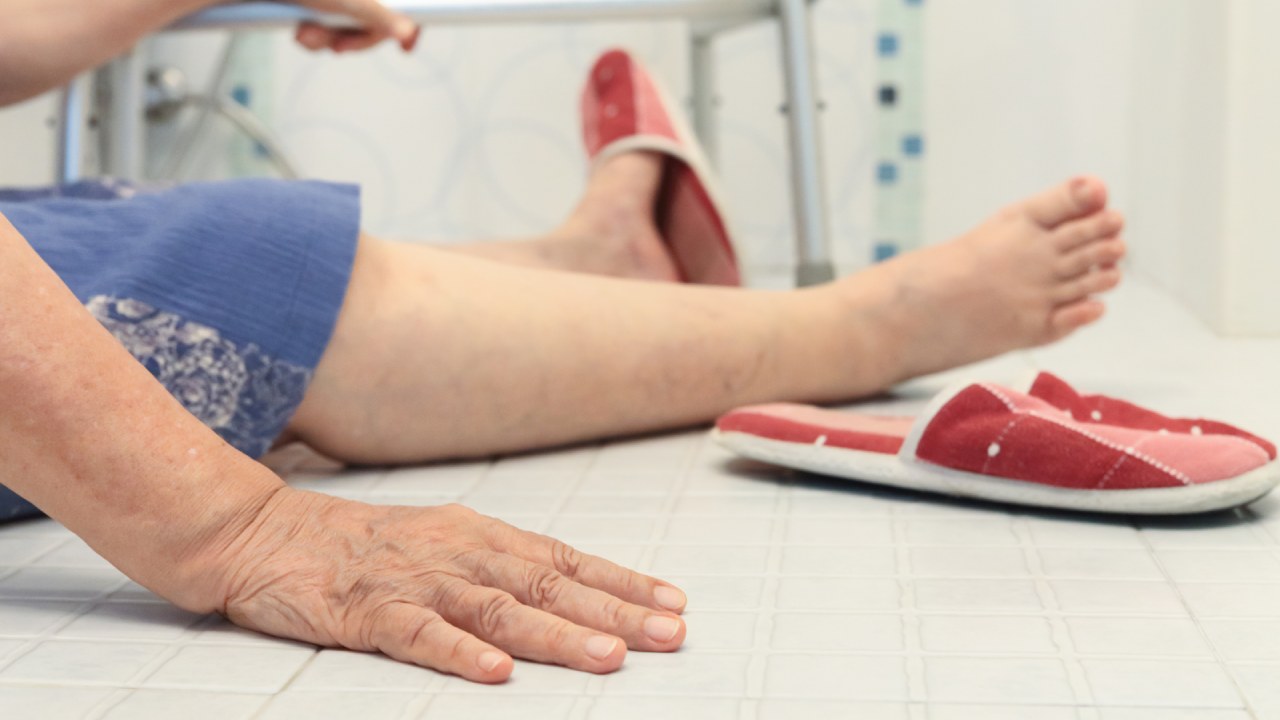How to survive a stroke

When a stroke happens, acting fast is crucial to survival. As the third most common cause of death and a leading cause of disability in Australia, stroke interrupts blood supply to the brain, preventing brain cells from accessing oxygen and nutrients and damaging the brain tissue in the process.
According to Rush University Medical Center, 1.9 million brain cells die every minute a stroke goes untreated, increasing the risk of brain damage, disability and death.
The sooner a person receives treatment for stroke, the better the outcome. However, a lack of awareness of early stroke symptoms means that more people may miss out on getting prompt medical attention.
How to recognise the signs of stroke
Not all strokes are sudden and incapacitating – the signs can be subtler than commonly expected. The Stroke Foundation recommends using the FAST test to recognise the main symptoms of stroke:
- Face: Has their face drooped?
- Arms: Can they lift both arms? Does one arm drift downward?
- Speech: Is their speech slurred, and do they understand you?
- Time: Time is critical. Call the ambulance as soon as you see any of these signs.
Other signs of stroke may include:
- Weakness and/or numbness of the face, arm or leg, especially on one side of the body
- Blurred or loss of vision in one or both eyes
- Sudden dizziness, loss of balance or coordination
What to do
Should you notice any symptoms on yourself or others, call 000 immediately.
Avoid driving yourself to the hospital – while this may seem like a quicker option, lifesaving treatment begins in the ambulance. Paramedics and ambulance workers can screen you on the way and ensure you get the necessary drugs and the most suitable procedures at the emergency department.
Who is at risk?
According to the Brain Foundation, the risk of stroke may increase for:
- People with a family history of stroke
- People with risk factors such as high blood pressure, high cholesterol, diabetes or obesity
- Smokers and heavy alcohol drinkers
- People aged 45 and above
Stroke can be prevented with a low-fat, high-fibre diet, regular exercise and avoidance of smoking and excessive alcohol consumption.
